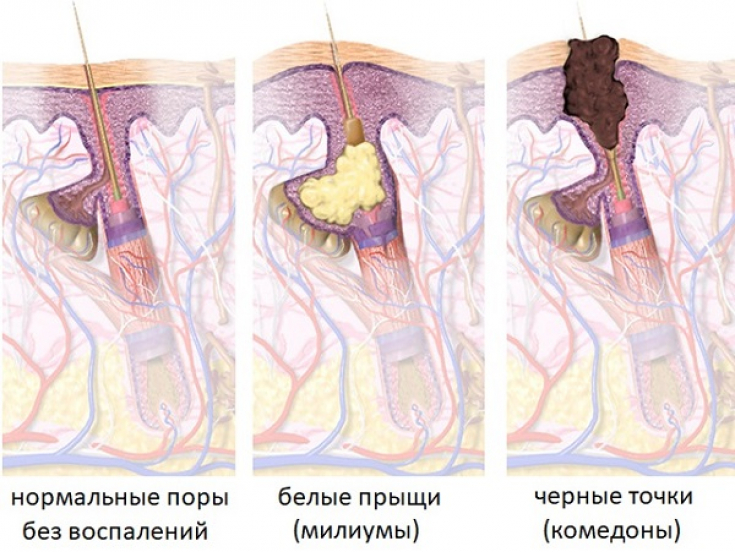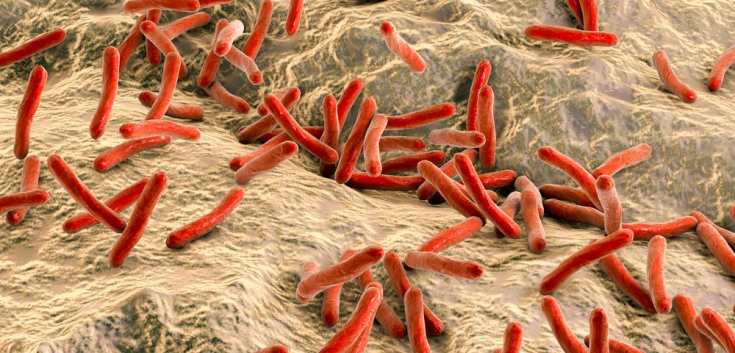Researchers have long believed that Propionibacterium acnes causes acne. But these bacteria are abundant on everyone's skin, and yet not everyone has acne. Genetic sequencing has recently shown that not all P. acnes are the same — there are different strains, some of which are abundant in acne outbreaks, and some are never found there.
However, acne research and therapeutic developments have been hampered by the lack of an animal model that replicates the human condition. For example, when P. acnes is injected into mice, long-term skin lesions do not occur because the mouse's immune system quickly destroys the bacteria.
However, researchers at the University of California School of Medicine have developed a new mouse model that is able to replicate human acne, allowing the researchers to directly compare "good" vs. (non-pathogenic) and "bad" (associated with acne) strains of bacteria P. acnes.
In the article estet-portal.com you can learn in detail the decisive factors in the occurrence of acne.
- The role of sebum in the development of acne
- Role of P. acnes strain in the development of acne
- A promising direction of therapeutic tactics for the eradication of acne
The role of sebum in the development of acne
A team of researchers prepared synthetic sebum following a recipe they found in a previous scientific study. A simple mixture of four ingredients was used: fatty acids, triglycerides, wax, and squalene (a precursor compound to sterols such as cholesterol and steroid hormones), which together resemble human sebum.
Follow us on Instagram

Researchers inoculated mice with P. acnes and applied synthetic sebum daily.
Without sebum, the mice had minimal breakouts and bacteria quickly died. When using only sebum, there were also no skin changes.
But when the researchers applied both sebum and P. acnes, they saw true acne, the bacteria survived for several weeks. P. acnes strains also caused inflammation in the skin, as measured by increased levels of inflammatory molecules called cytokines.
Role of P. acnes strain in the development of acne
The researchers then tried to do the same with non-pathogenic strains of P. acnes. Lesions caused by acne-associated strains of P. acnes were approximately twice as common as those caused by non-pathogenic strains.
Unlike humans, all mice in these experiments were genetically identical.
This means that differences in acne severity and number were only due to differences between bacterial strains, and not differences in mice's innate ability to react to bacteria.
Promising direction of therapeutic tactics for acne eradication
The team hopes to recognize genes that are unique to acne-associated strains of P. acnes and determine what is in human sebum that promotes the spread of these strains.
What drugs can cause drug-induced acne

This information can help the team better understand who is at increased risk of acne and how to develop personalized treatments and vaccines that target acne-causing bacterial factors or sebum components.
Thank you for staying with estet-portal.com. Read other interesting articles in the "Dermatology" section. You may be interested in Vaccination against acne — a promising step into the future







Add a comment